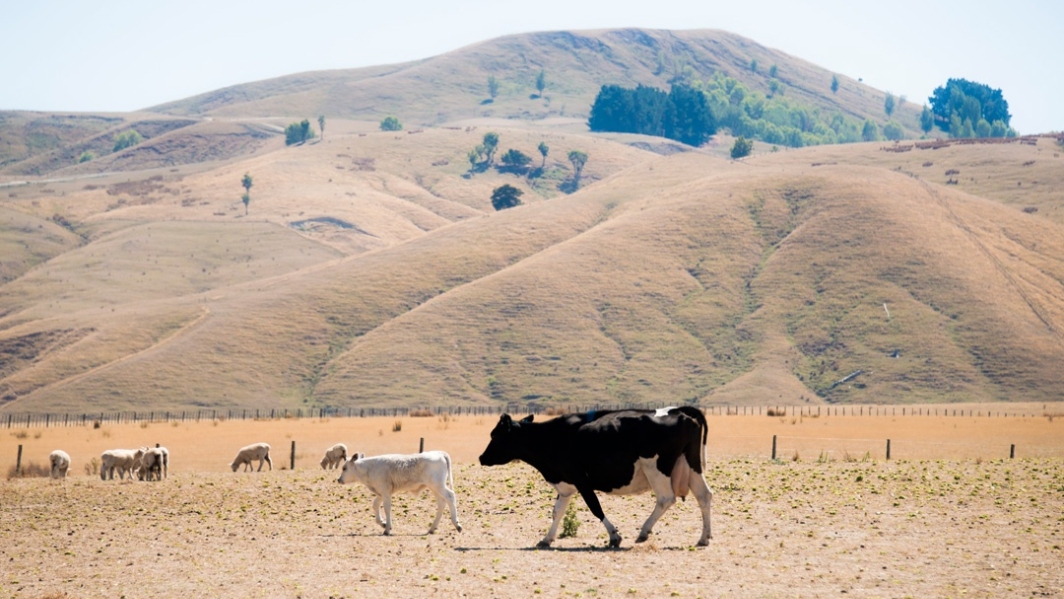-
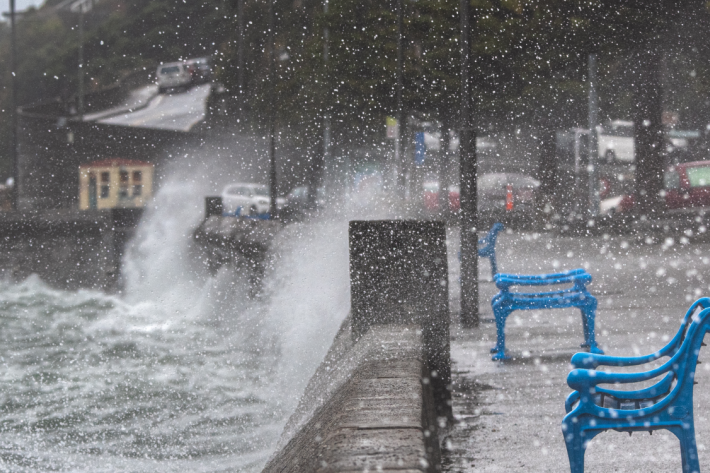
High Intensity Rainfall Design System (HIRDS)
ServiceHIRDS is a simple online tool that can estimate the magnitude and frequency of high intensity rainfall at any point in New Zealand. -

Nowcasting and short-to-medium range forecasting for solar and wind energy
Research ProjectScaling up of solar and wind power is essential for Aotearoa New Zealand to become carbon neutral by 2050 -
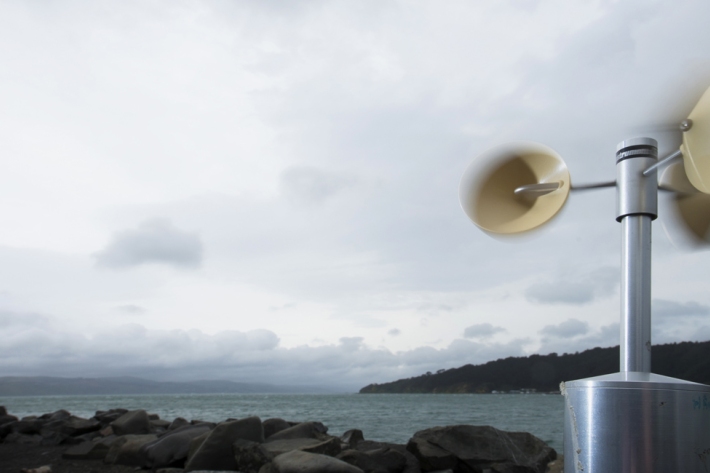
National Climate Database
Software Tool/ResourceDataHub is an interface that provides access to New Zealand's National Climate Database. -
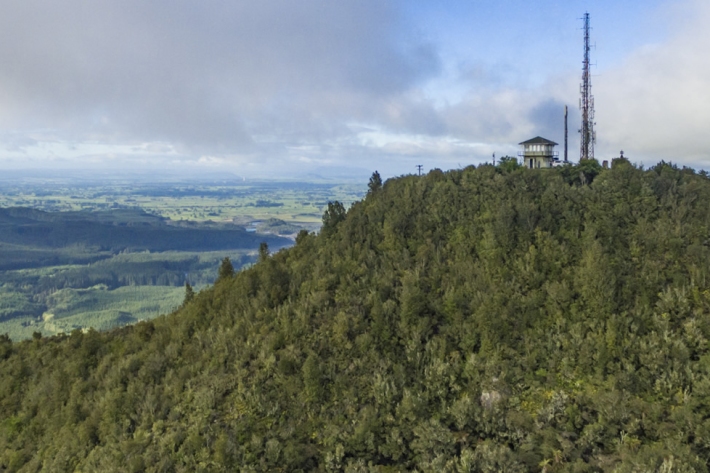
CarbonWatch NZ
CarbonWatch NZ is an internationally-recognised research programme that will enable New Zealand to make the right decisions for a zero carbon future. -

MethaneSAT
Research ProjectDetecting and quantifying methane emissions by satellite -
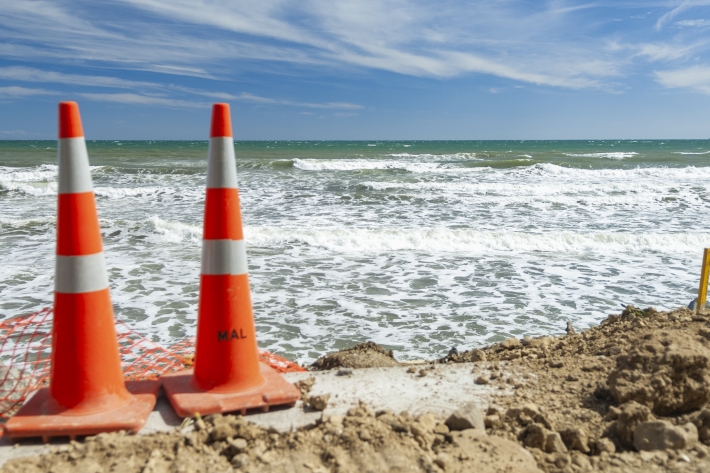
Extreme coastal flood maps for Aotearoa New Zealand
ServiceDecisions about how we adapt to sea-level rise need to be based on information about our exposure to coastal flooding. -

River flow forecasting
Research ProjectNIWA is developing a national river flow forecasting tool for New Zealand that aims to support and strengthen our planning for and response to extreme rainfall events. -
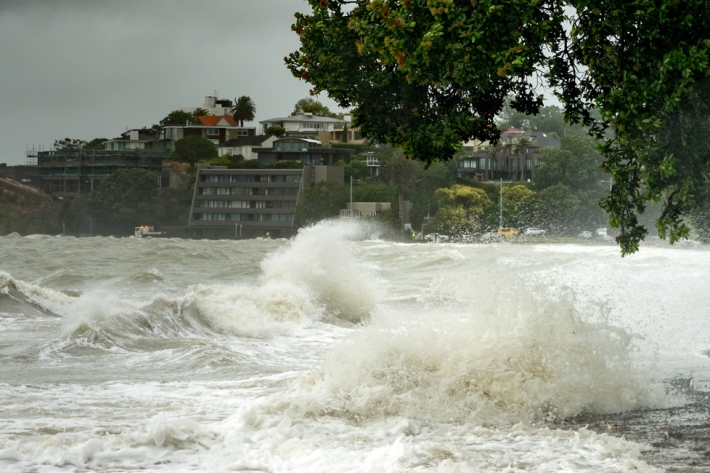
High-resolution climate projections using physics and AI
Research ProjectNIWA researchers are developing a physics-informed and artificial intelligence (AI)-driven method to vastly reduce the computer power needed to provide accurate climate change projections. -

Updated national climate projections for New Zealand
Research ProjectThe development of updated national climate projections for Aotearoa New Zealand was completed in 2024. -

My Coastal Futures online game
Education ResourceThe My Coastal Futures game was developed to help people understand climate change impacts and start thinking about how they might adapt. -

High resolution drought forecasting
Research ProjectNIWA and the Ministry for Primary Industries (MPI) are working together to develop a new drought forecasting tool. -
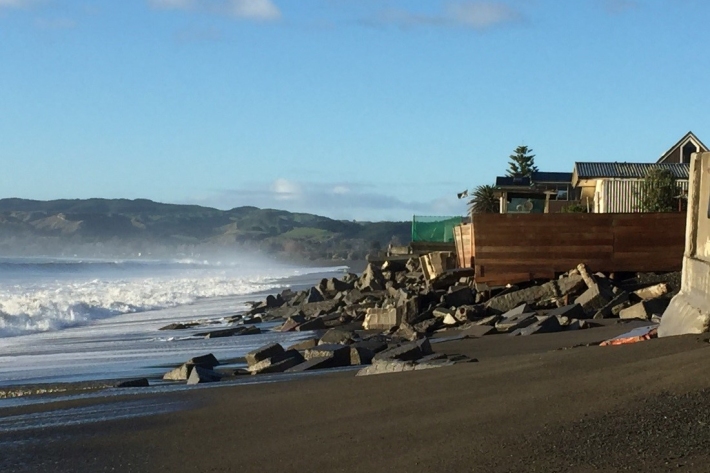
RiskScape software
Research ProjectRiskScape is a software application for analysing natural hazard consequences.

